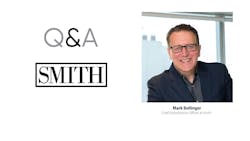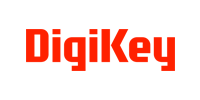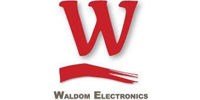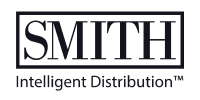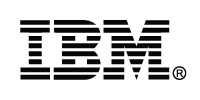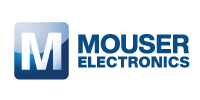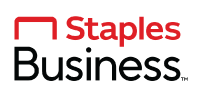Q&A with Mark Bollinger
1. What new market trends are you seeing so far in 2025?
The ups and downs of the AI boom continue to be a major driver in the current market. For example, there was a wave of AI-enabled, consumer-computing products launched in late 2024. They provided a spark, but it quickly flamed out. Meanwhile AI servers became the dominant force and drove an incredible 46% year-over-year increase in shipments in 2024. We’re in constant communication with our partners, keeping them aware of the market as it transitions. Analysts are expecting the global server segment to continue its growth through 2025, with forecasts exceeding 100 million units.
2. What new ESG (environmental, social, and governance) initiatives or plans have you put in place?
After celebrating 40 years in business last year, we have had the opportunity to reflect on who we have become and how we can integrate our renewed vision of sustainability across our company and into our customer relationships. This vision then developed into our new sustainability framework, CHARGE, which stands for Circularity, Humanity, Agility, Responsibility, Growth, and Excellence.
These principles represent our understanding of the interconnectedness of sustainability across the three pillars of ESG and inform our strategic decision-making. More specifically, CHARGE illustrates the ways Smith continuously delivers value to customers through every segment of the business—from effective end-to-end solutions across the span of a product’s lifecycle and strategic inventory management to collaborative Scope 3 emissions reduction and more on the horizon.
These initiatives are driven by our Smith Sustainability Group, an interdepartmental team responsible for setting our sustainability goals and strategies. Like so many other companies, we have been responding to CDP and EcoVadis in recent months, and now we look forward to evaluating future commitments through organizations such as SBTi, GRI, and SASB. Our strategic sustainability goals focus on our company’s individual public commitments and our role in the interconnected global supply chain. Through this lens, Smith continues to develop and maintain our strong business-to business relationships and cultivate tomorrow’s innovative solutions.
3. What do you see ahead for the rest of the year?
The outlook for the rest of the year is still unfolding. We have a lot of opportunities and challenges ahead of us, but as we’ve done for more than 40 years, we’ll react to the market and continue to provide high-quality components and custom solutions to help our partners get through what is currently a very hazy 2025.
Right now, we are focused on helping our customers move their excess inventory through our new part-exchange platform, SmithTrade™. This secure, online marketplace efficiently and effectively matches surplus with verified buyers, turning excess components into a source of revenue. SmithTrade™ users can also track demand, view regional inventory levels, and follow market trends through our customizable watchlist feature. As always, we are continuing to develop versatile and innovative solutions tailored to each customer’s unique needs.
Looking ahead, we still see spot shortages occurring once in a while for various commodities like memory, SSDs, HDDs, and GPUs. With a dynamic electronics supply chain, there are always opportunities that can be found.
Additionally, Microsoft will be ending its support for Windows 10 in October 2025. Many of the personal computers currently running Windows 10 were purchased to accommodate remote work during the pandemic, which led to a reset of the refresh cycles for PCs, notebooks, Chromebooks, and tablets. The upcoming move from Microsoft should help drive upgrades for these devices and could be a bright spot for the industry in the fourth quarter.
